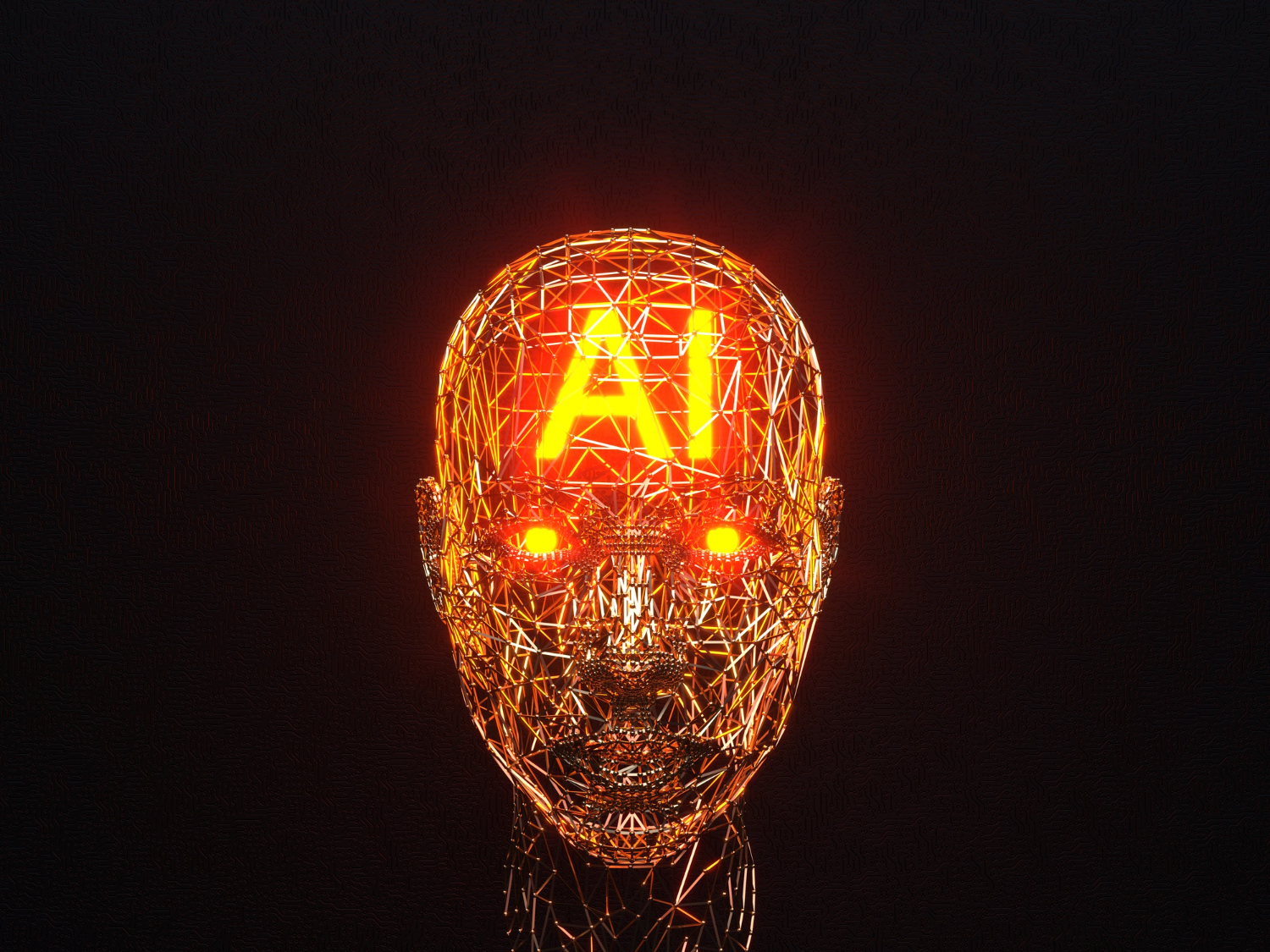Artificial Intelligence (AI) is no longer just a buzzword—it’s becoming a helpful tool for governments, schools, and public utilities. It’s helping them work smarter, serve people better, and make well-informed decisions. But AI isn’t a magic fix. It works best when it’s used thoughtfully, with clear goals and human oversight to ensure fairness and transparency.
How AI Is Already Helping
Many government agencies across the country are already using AI to improve the way they work. Here are some common ways it’s being used:
• Planning and Resource Use: AI can predict community needs—like police coverage or public works—so that staff and budgets are used more effectively.
• Smarter Budgeting: With AI, cities and agencies can connect what the community needs to how money is spent. This helps in making budgets more targeted and transparent.
• Better Cybersecurity: AI tools help detect and respond to cyber threats faster, protect data, and manage IT resources more efficiently.
• Everyday Operations: Routine tasks like processing invoices or training new staff can be done faster with AI, giving employees more time for meaningful work.
Importantly, AI doesn’t replace people—it supports them. It helps employees focus on what matters most while the technology handles repetitive work.
Using AI Responsibly
As more public sector groups start using AI, it’s critical to have strong rules and policies in place. This means knowing why AI is being used, how it will work, and making sure it’s used in a fair and secure way.
Cities like New York have already taken steps to build responsible AI policies. Other public organizations can learn from these efforts by focusing on:
• Human oversight: Keeping people involved in AI decisions
• Preventing bias: Making sure the AI treats everyone fairly
• Protecting privacy: Keeping data safe and secure
• Being transparent: Letting the public know when and how AI is used
Also, it’s important to make sure current tools (like finance or HR systems) work well with new AI tools. Otherwise, things can become more complicated than helpful.
Is Your Organization Ready for AI?
Before jumping in, it’s a good idea to assess how ready your organization is. Here are five key areas to look at:
• Clear goals – Do you know what problems AI will help solve?
• Leadership support – Are the decision-makers on board with using AI?
• Technology setup – Do you have the right systems to support AI tools?
• Trained staff – Are your employees prepared to use AI effectively?
• Policies in place – Do you have guidelines for using AI safely and ethically?
Challenges like limited budgets or uncertainty can be tackled by starting small, educating teams, and working across departments.
From Planning to Action
When you’re ready to move forward with AI, here’s a step-by-step approach:
• Identify the problems AI can help solve
• Check your organization’s readiness and fill any gaps
• Choose the right AI tools that work with your current systems
• Start with small pilot projects you can measure
• Train your staff and update your processes
• Create policies to manage risks and ensure accountability
The goal isn’t just to use new tech—but to use it in a way that truly benefits communities.
How We Can Support You
At Baker Tilly, we help public sector organizations carefully and responsibly adopt AI. Whether it’s evaluating your readiness, designing pilot projects, creating policies, or training your team, we bring the knowledge and tools to help you put AI to good use—safely and effectively.
Let me know if you’d like this in a Word or HTML format for uploading.







